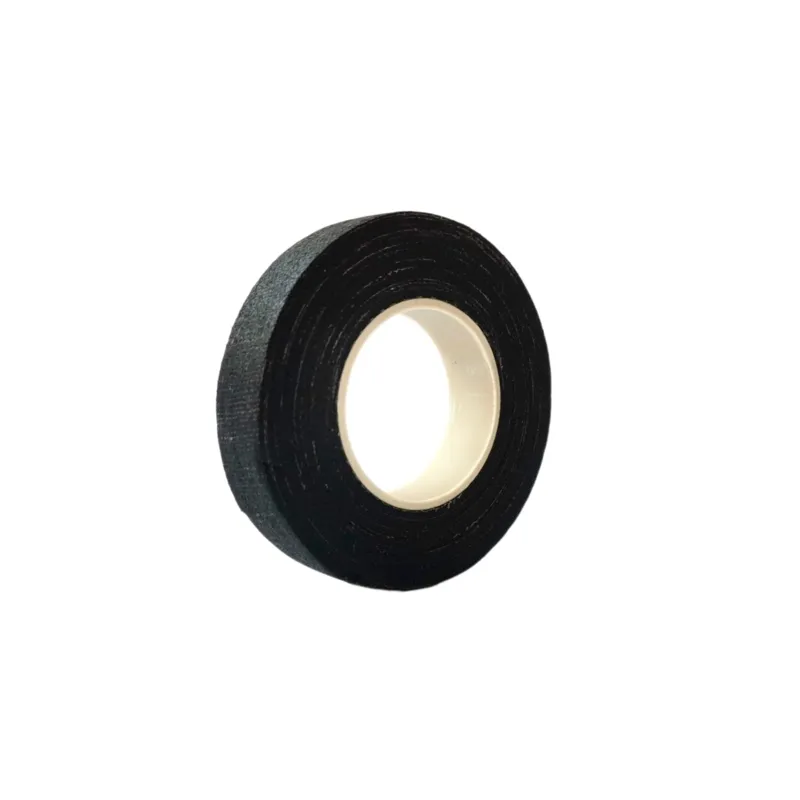The Fascinating World of Rubber Tape Factories
Rubber tape, an essential item in various industries, has grown in prominence due to its unique properties and diverse applications. As we dive into the world of rubber tape factories, we can explore their significance, manufacturing processes, and the innovations that are shaping this dynamic field.
Understanding Rubber Tape
Rubber tape is a self-amalgamating tape primarily made from rubber, typically utilized for insulation, sealing, and protection in electrical and mechanical applications. Its unique characteristic of adhering to itself upon stretching makes it an ideal choice for preventing moisture ingress, securing wire connections, and providing electrical insulation.
The advantages of rubber tape extend beyond just its adhesive properties. It is flexible, resistant to a wide range of temperatures, and capable of enduring harsh environmental conditions. These features make it invaluable in industries such as electrical, automotive, aerospace, and telecommunications.
The Manufacturing Process
The production of rubber tape involves several intricate steps, ensuring that the final product meets industry standards and customer expectations. The process begins with procuring raw materials, primarily rubber compounds, resins, and various additives. The choice of raw materials significantly influences the tape's performance characteristics, such as flexibility, adhesion, and weather resistance.
1. Compounding The initial step involves mixing the rubber with selected additives, such as fillers, plasticizers, and curing agents. This formulation is crucial as it defines the physical and chemical properties of the tape.
2. Calendering After compounding, the rubber mixture undergoes calendering, a process where the rubber is rolled into thin sheets. The thickness of the sheets can be adjusted according to the intended use of the tape.
3. Coating Once the rubber sheets are produced, they are coated with a special adhesive that enables self-amalgamation. This phase is critical as it determines how well the tape will bond to itself and other surfaces.
rubber tape factory

4. Curing The coated sheets then undergo a curing process, typically achieved through heat and pressure. Curing enhances the rubber's properties, providing the tape with durability and elasticity.
5. Cutting and Packaging Finally, the tape is cut into desired lengths and packaged. Ensuring that the products are properly packaged is essential for maintaining quality during storage and transportation.
Innovations in Rubber Tape Manufacturing
In recent years, the rubber tape industry has witnessed a surge in innovation. Manufacturers are constantly exploring new formulations to enhance performance and sustainability. Eco-friendly materials are becoming increasingly popular, driven by the global push for environmentally responsible production practices. Many factories are now integrating recycled materials into their processes, contributing to a circular economy.
Moreover, technological advancements in manufacturing processes, such as automation and digital monitoring, have improved efficiency and reduced waste. Smart manufacturing systems allow for real-time data analysis, which aids in optimizing production lines and ensuring high-quality output.
Applications in Various Industries
The versatility of rubber tape means that its applications are manifold. In the electrical industry, it is extensively used for insulating wires and cables, ensuring safety and preventing short circuits. In the automotive sector, rubber tape is employed for sealing components to protect against external elements and enhance performance.
Additionally, in the aerospace industry, rubber tape plays a crucial role in aircraft maintenance and repairs. Its ability to withstand extreme temperatures and pressures makes it an ideal choice for securing and insulating various aircraft components.
Conclusion
Rubber tape factories are at the forefront of producing a crucial product essential to numerous industries. The sophisticated manufacturing processes, coupled with ongoing innovations, enable these factories to meet the evolving demands of their markets. As technology advances and sustainability becomes a focal point, the future of rubber tape manufacturing looks bright. With its unique properties and diverse applications, rubber tape will continue to be an indispensable component in ensuring safety and efficiency across various sectors. As consumers become more aware of the importance of quality and sustainability, the rubber tape industry will likely respond by evolving and adapting to meet these new challenges.
-
XIANGFAN Rubber Tape-Ultimate Solutions for All Your Insulation NeedsNewsJun.24,2025
-
XIANGFAN Rubber Tape-Protection for Industrial and Residential ApplicationsNewsJun.24,2025
-
XIANGFAN Rubber Tape: Superior Safety and Sealing for Demanding EnvironmentsNewsJun.24,2025
-
XIANGFAN Rubber Tape: Reliable Solutions for Every Electrical ChallengeNewsJun.24,2025
-
XIANGFAN Electrical & Industrial Tape: Powering Reliability Across IndustriesNewsJun.24,2025
-
XIANGFAN Electrical & Industrial Tape: Excellence in Every ApplicationNewsJun.24,2025
